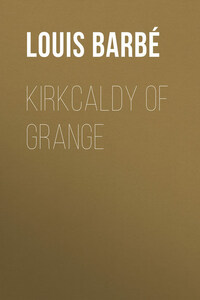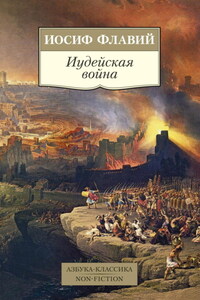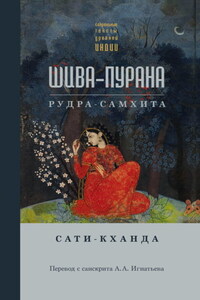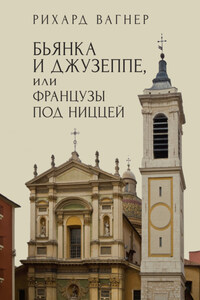I
FAMILY, BIRTH AND EARLY LIFE
The Grahams of Claverhouse were a younger branch of an old and illustrious family which, from the twelfth century onwards, bore an important part in Scottish affairs, and of which several members figured prominently in the history of the nation prior to the time when the fame of the house was raised to its highest point by the ‘Great Marquis,’ the ill-fated Montrose.
The Claverhouse offshoot was connected with the main stock through Sir Robert Graham of Strathcarron, son of Sir William Graham of Kincardine by his second wife, the Princess Mary, daughter of King Robert III. During the early years of the sixteenth century, John Graham of Balargus, third in descent from Sir William, acquired the lands of Claverhouse, in Forfarshire, a few miles north of Dundee. From these his son took the territorial title which, a few generations later, was to become so feared and so hated throughout covenanting Scotland, and which, even at the present day, after the lapse of more than two hundred years, is still a bye-word and a shaking of the head to many.
John Graham, the ‘Bloody Claverhouse’ of Whig denunciators, and the ‘Bonnie Dundee’ of Jacobite apologists, was the son of William Graham of Claverhouse and Lady Magdalene Carnegie, fifth and youngest daughter of John, first Earl of Northesk. On the authority of Charles Kirkpatrick Sharpe and of Mark Napier, successive writers have stated that the mother of the future Viscount was Lady Jean Carnegie. Sir William Fraser has pointed out, however, that Lady Jean was only his maternal aunt, and that she married, not a Claverhouse, but the Master of Spynie. This mistake as to the name of the mother of Viscount Dundee, adds the author of the ‘History of the Carnegies,’ is the more remarkable that she bore the same Christian name and surname as her cousin, Lady Magdalene Carnegie, first Marchioness of Montrose.
The precise date of Claverhouse’s birth is not known. Biographers, accepting Napier’s computation, almost unanimously assume that it took place about 1643. That is based on an erroneous deduction from a note to a decision of the Court of Session, quoted by Fountainhall under date of the 21st of July 1687. The matter under litigation was a claim put forward by Fotheringham of Powrie to levy fish from the boats passing by Broughty Castle. The Lords decided that his charter gave him sufficient right and title ‘if so be he had possessed forty years by virtue of that title.’ With special reference to one of the three defendants, it was added, ‘as for Clavers, he was seventeen years of these forty a minor, and so they must prove forty years before that.’ Napier assuming the seventeen years of Claverhouse’s minority to have been coincident with the first seventeen of the forty referred to, argued that, as a period of forty years prior to 1687 leads back to 1647, Claverhouse was not twenty-one years of age until seventeen years after 1647; in other words, that he was of age about the year 1664, and, consequently, born about 1643. The calculation is ingenious, and the result plausible; but the marriage contract of Claverhouse’s parents proves the fallacy of the original assumption from which everything depends. That authoritative document, for the discovery of which we are indebted to Sir William Fraser, was subscribed in 1645; the objection which that raises to the date worked out by Napier is obviously insurmountable.
For the approximation thus shown to be erroneous, the ‘Dictionary of National Biography’ substitutes another which has the merit of being more in accord with the known dates of some of the events in Claverhouse’s career. A memorandum preserved at Ethie and noted in the ‘History of the Carnegies,’ supplies the scrap of positive evidence upon which it is founded. It shows that, in 1653, Lady Claverhouse, as tutrix-testamentar to her son, signed a deed relating to a disposition which she was bound to make to two of her kinsmen. It is not improbable that this was done shortly after her husband’s death. If such were the case, their eldest son, who, according to the note to the decision of the Court of Session, was a minor for the space of seventeen years, would have been four years of age at the time, and must therefore have been born about the year 1649.
The only information now available concerning the future Viscount Dundee’s early life, prior to his matriculation as a student, is supplied by the Roll of the Burgesses of Dundee, which sets forth that, on the 22nd of September 1660, ‘John Graham of Claverhouse and David Graham, his brother, were admitted Burgesses and Brethren of the Guild of Dundee, by reason of their father’s privilege.’ The register of St Leonard’s College establishes the fact that the two brothers went up together to the University of St Andrews towards the beginning of 1665.
This may be looked upon as a strong confirmation of the date which we have assigned as that of Claverhouse’s birth. That he should begin his academic course in his twenty-second year and continue it up to the age of twenty-five, would have been quite contrary to the custom of a period when Scottish undergraduates, more particularly those belonging to the leading families of the country, were even more youthful than many of them are at the present day.









